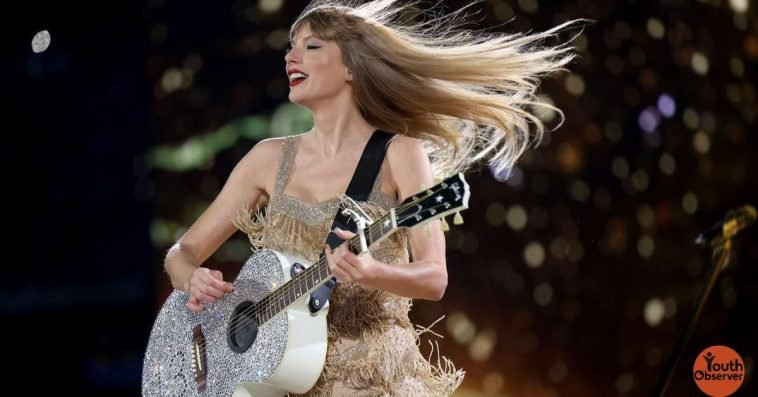Taylor Swift’s fans have flooded the internet with the rallying cry “Protect Taylor Swift” after sexually explicit, AI-generated images of the singer surfaced online. The disturbing content, circulating on platforms including X (formerly Twitter) and Facebook, has sparked outrage and renewed concerns about the misuse of deepfake technology.
While X confirmed it was actively removing the identified images and taking action against responsible accounts, it did not specifically mention Swift. However, Reality Defender, a deepfake-detecting group, confirmed tracking numerous AI-created photos depicting Swift in inappropriate situations, which tragically reached millions before takedown.
“These images spread like wildfire,” lamented Mason Allen of Reality Defender. “By the time they were removed, the damage was already done.”
Sadly, the harmful content wasn’t confined to X. Facebook, owned by Meta, also saw the spread of these disturbing images. Meta responded swiftly, stating its strong condemnation and commitment to removing the violating content.
“We continue to monitor our platforms vigilantly and will take appropriate action against such content,” the company declared.
This incident highlights the urgent need for stricter regulations and improved detection methods to combat the growing threat of deepfake technology and its potential for abuse. Swift’s fans, along with advocates and experts, are calling for stronger measures to protect individuals from the harmful consequences of manipulated imagery and online harassment.
The “Protect Taylor Swift” movement isn’t just about one artist; it’s a fight for online safety and a call to action against the misuse of technology. As the investigation unfolds, one thing remains clear: the fight against deepfakes and online exploitation demands a collective effort to safeguard our digital world and protect its vulnerable members.
Swifties Fight Back Against AI-Generated Abuse
Swift’s fans, known as Swifties, wasted no time in launching a digital counteroffensive. Within hours of the disturbing images surfacing, the “Protect Taylor Swift” hashtag erupted across X, with over 80,000 messages by dawn. This groundswell of support propelled the hashtag to trending status, showcasing the unwavering solidarity within the fandom.
But the fightback wasn’t just about hashtags. Many Swifties urged fellow fans to avoid searching for the harmful content, opting instead to celebrate Swift’s art by sharing her music and performances. This proactive approach aimed to drown out the negativity and reclaim the online space for positivity.
Beyond the fandom, the incident sparked broader conversations about online safety and the responsibility of social platforms. Questions swirled around the effectiveness of existing moderation tools and the need for stricter measures to combat the growing threat of AI-generated manipulation. Some called for dedicated reporting mechanisms for deepfakes, while others emphasized the importance of user education and awareness campaigns.
The “Protect Taylor Swift” movement transcends the boundaries of fandom. It’s a rallying cry against online abuse, a demand for accountability from social media giants, and a call for collective action to create a safer digital environment for all. As the discussion unfolds, one thing is clear: the fight against AI-generated exploitation requires a united front, one fueled by courage, compassion, and an unwavering commitment to protecting vulnerable individuals in the digital age.

